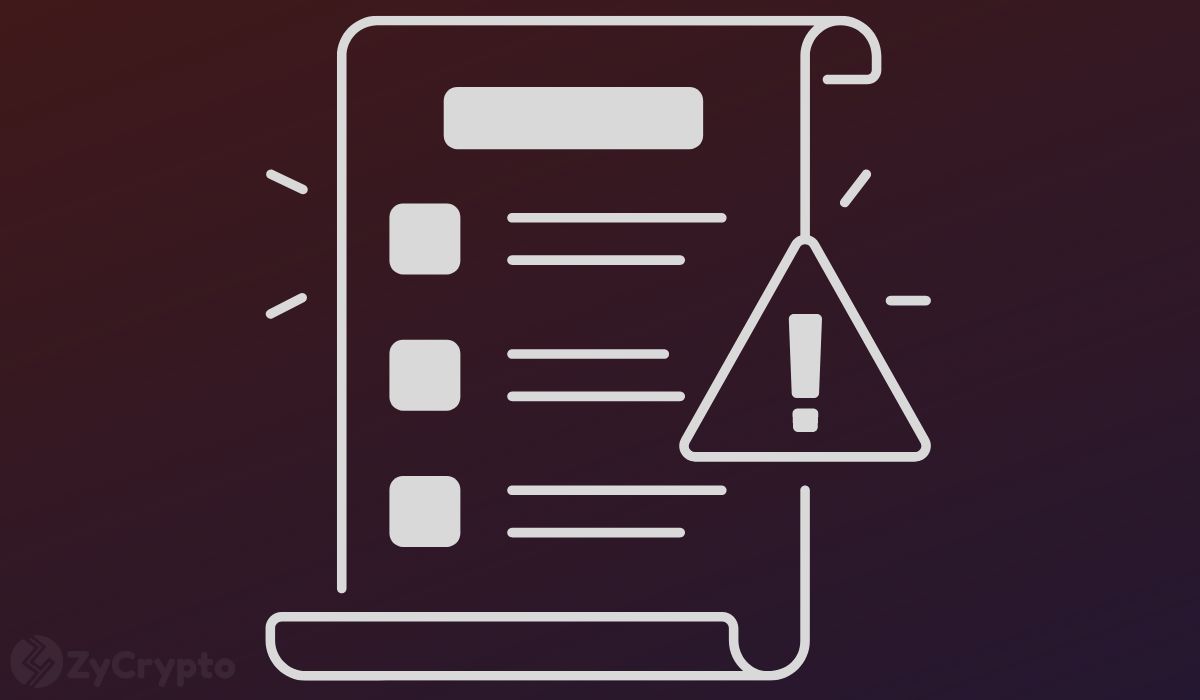2023-5-26 11:03 |
Coinspeaker
Microsoft Calls for Revised AI Regulation, Proposes Streamlined Five-Point Guidelines
Microsoft Corporation (NASDAQ: MSFT) has joined the discussion on artificial intelligence (AI) regulation, calling for oversight from a new federal agency. In addition to a proposed supervisory fed agency, Microsoft also stressed the need for “safety brakes” and licensing to avoid pitfalls in the sector. Furthermore, the Washington-based company called for an executive order that approves new restrictions on how the US government deploys AI tools.
In a speech in Washington on Thursday, Microsoft President Brad Smith branded AI regulation the challenge of the 21st century. He also compared the emerging tech with the transformative eras of the printing press and elevators. With this comparison, he stressed the need for proper oversight to avoid potential harm. Before Congress members and civil society groups, Smith outlined a five-point agenda for how governments, including the US, could address AI risks without stifling the tech’s transformative potential.
Five-Point AgendaSmith’s five-point outline begins with implementing and building upon new government-led AI safety frameworks. The Microsoft Vice Chair and President opined that building on existing good ideas is the best route to success. The business executive further referenced the US National Institute of Standards and Technology (NIST) framework as a credible foundation to build upon.
The next proposed step calls for “effective safety brakes for AI systems that control critical infrastructure”. Smith said these measures would ensure human oversight and accountability within the AI space as the technology becomes more powerful. He also stressed that the safety brakes could act as emergency tools to stop potentially hazardous incidents. As Smith put it:
“These fail-safe systems would be part of a comprehensive approach to system safety that would keep effective human oversight, resilience, and robustness top of mind. In spirit, they would resemble the braking systems engineers have long built into other technologies such as elevators, school buses, and high-speed trains.”
Smith’s third key point proposes developing a broad legal and regulatory framework based on AI’s technology architecture. This includes implementing various regulations and licensing that specifically cater to the “different actors” within the AI infrastructure ecosystem.
Smith also advocated for transparent, academic, and non-profit access to AI tools and resources. According to him, doing this would make the systems more responsible. Finally, the Microsoft executive suggested new public-private partnerships geared toward deploying AI to address accompanying societal challenges effectively. These include protecting democracy and rights and fostering all-inclusive growth.
Microsoft President Fields Lawmakers’ Concerns Regarding AI RegulationIn his hour-long appearance, Smith also fielded questions from the lawmaker attendees who voiced concerns. Smith said the reason could eventually prevail when asked about OpenAI CEO Sam Altman’s recent threat to pull products from Europe over compliance differences. When asked how Congress should balance regulation with innovation to overtake China, the Microsoft executive suggested Western governments work together to set a global AI regulatory standard.
nextMicrosoft Calls for Revised AI Regulation, Proposes Streamlined Five-Point Guidelines
origin »POLY AI (AI) на Currencies.ru
|
|

























